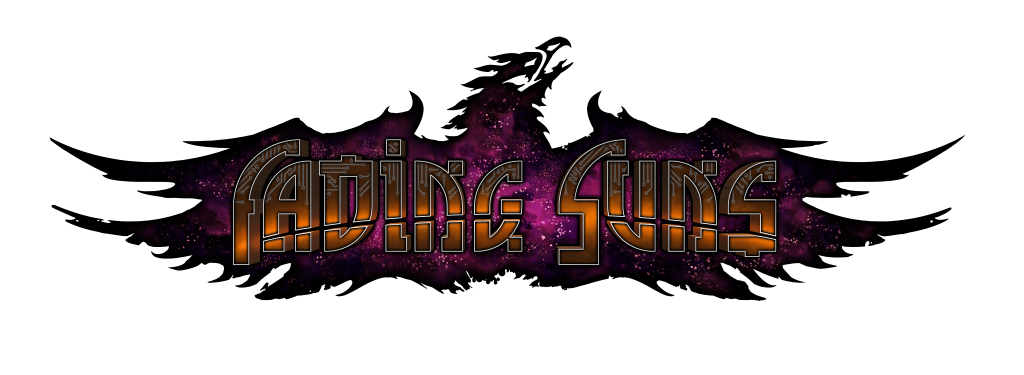
Once the suns shone brightly, beacons in the vast night of space, calling humanity onward. The stars were symbols of humanity’s vast potential, a purpose and destiny revealed in progress, inciting an exodus of unlimited growth to the distant stars. Once people looked to the heavens with hope and longing in their eyes. Then the suns — and the hope — began to fade.
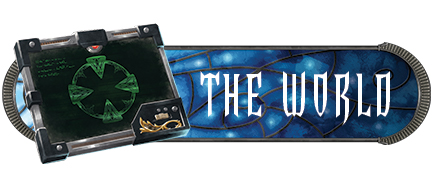
It is the sixth millennium and history has come to an end. Humanity’s greatest civilization has fallen, leaving ignorance and fear scattered among the ruins of many worlds. A new Dark Age is upon humanity and few believe in renewal and progress anymore. Now there is only waiting. Waiting for a slow death as the age-old stars fade to cinders and the souls of the sinful are called to Final Judgment. But not all believe in this destiny. A leader has arisen, an emperor sworn to unite the worlds together again under one banner. To ignite hope once more in people’s hearts.
It is a monumental task, for most people have already given up and fallen into the ways of the past, playing serfs to feudal lords. What is hope to them now but a falsehood which leads to pain? Better to leave the hard decisions to their masters and let the Church console their souls.
There are enemies everywhere, those who seek to selfishly profit from humanity’s demise: vain nobles ruling far-flung worlds, power-hungry priests who seek dominion over the lives of men, the greedy merchant guilds growing rich from bartering humanity’s needs and wants. They are not alone. Others are out there among the darkening stars, alien races angry with humankind for age-old colonialism, and enigmatic alien empires with agendas too paradoxical to fathom.
It is in such a universe that individuals must live. Only a few of them will question. Fewer still will act on their questions and seek answers, ways to break the grip of custom and law. To free themselves and once more seize the stars — and their destiny.
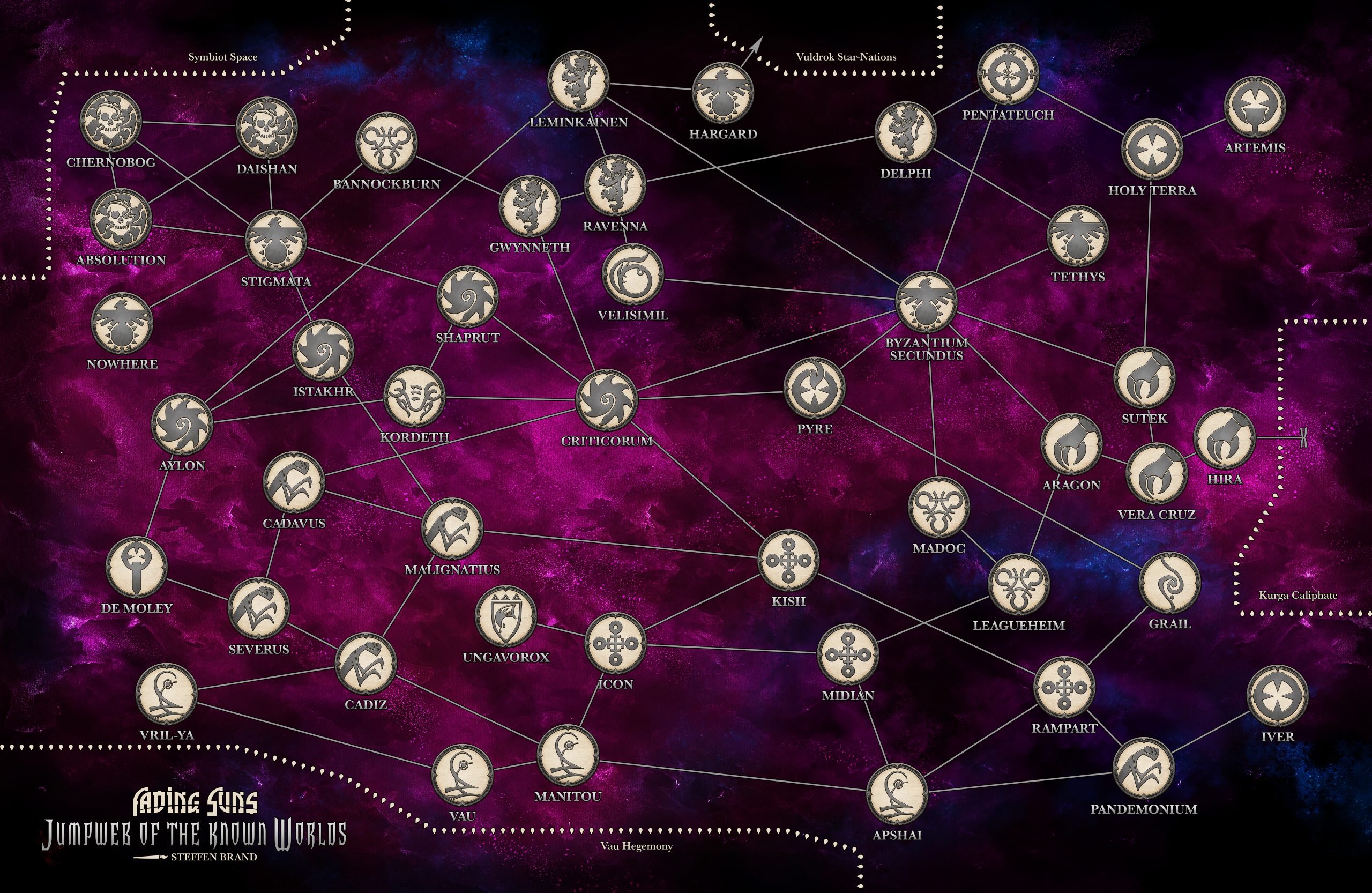
Fading Suns is primarily a game about heroes and the dramatic conflicts they encounter, from palace intrigues to cliffhanging combats. It provides a framework for players to create games from any perspective they desire. If they want to play soldiers who fight evil with guns and fists, the rules are here. If they want to play merchants who prefer diplomacy to violence, or priests wrestling with a metaphysical crisis, rules are also provided. Fading Suns is whatever the players want it to be.
Fading Suns is primarily a science fiction game, which means that there are starships, blasters, powered armor, alien races, and weird science. But there are also many elements of traditional fantasy gaming: heroic characters and struggles, a feudal sociopolitical structure (noble lords, high priests and headstrong merchants), powerful artifacts and great mysteries. And there is horror: monsters and maddening discoveries revealing terrifying metaphysical truths.
In short, Fading Suns is a game which has everything a roleplaying universe needs in order tell stories of such varied and exotic themes as can be found anywhere — in our very own world here and now.
Like all games, Fading Suns should be entertaining and fun to play. But roleplaying games can be more than mere pastimes. The players can strive for the same artistic goals as the author of a novel, a film, or a play. Fading Suns is a passion play of sorts, taking place in an imagined future. Many possible stories can be told here, from galaxy-spanning epics to the most personal of tales.
Like medieval passion plays, Fading Suns deals with grand themes universal to human experience. Its main theme is the Seeking. This is the mythological role all heroes play: the knight on quest, seeking power to vanquish their enemies or the secrets of self-discovery. Success or failure on this quest is not as important as the insights learned while on it.
The atmosphere of the dramas played out in Fading Suns is one of tragic ignorance. Civilization is in decline, and superstition and fear are everywhere. New ideas and frontiers are spurned by a nervous populace, fearful of change for the harm it brings. But it is just this sort of willful ignorance that keeps civilization from rising again. It is such fear that keeps hope buried and great challenges from being met. The player-character troupe represents the heroes who can break the bonds of this ignorance and bring something new and great to their culture, to reawaken and invigorate life.
Without further ado, we give you a glimpse into the tumultuous fate of humankind four millennia from now….
The chronicle of humanity’s history among the stars is a long one, stretching over two millennia. It is not a quiet story. From the greedy planet-grabbing of early colonists to the bloody battles of the Emperor Wars, humans have rarely slept peacefully in the void. They have prospered, suffered defeat, and dared to hope again. And they have not traveled down the paths of history alone; aliens walk among them, with long histories and destinies of their own to complete.
Humanity first reached the stars under the auspices of the First Republic, a one-world government run by the “zaibatsu”: greedy mercantile barons whose corporate states replaced the nations of Earth. The zaibatsu colonized the solar system in search of new sources of wealth and mineral resources. At the edge of the solar system they found the jumpgate.
This ancient artifact of alien manufacture baffled and awed humanity. It took many years of research to unlock even the most basic secrets of its technology, but its main function was clear: it opened portals to distant star systems. Diligent scientists constructed the first jump drive, a field-generator installed on a spaceship which could propel the ship through the gate, transporting it instantly into foreign space light years away.
At first, the zaibatsu carefully controlled the manufacture and ownership of jump ships and reaped the resources of the new worlds and solar systems. But once anarchists leaked the secret of the technology to all, nobody could keep back the vast wave of people seeking to escape corporate tyranny and claim worlds of their own. The First Republic collapsed in a civil war over ever-expanding territory and diminishing loyalties.
The new universe was made up of fractured, planetary nations, some democratic, some totalitarian. Many of the original rulers of these worlds created dynasties which would last for millennia: the first noble houses to rule the stars. But years of political and social experiments yielded only chaos and strife between worlds. Into this dangerous universe came the Prophet, a man with a vision of Creation he claimed was gifted to him by God, whom he called the Pancreator. The Prophet gathered disciples and followers about him and performed many miracles. A humanity desperate for unity and hope looked to the Prophet for their answers.
During this time, humanity met its first sentient race, the ungulate shantor. At first, they were thought to be merely clever horselike beings. But it was soon realized how intelligent they were — and how dangerous. Another sentient race, the ukar, were gifted with psychic powers — powers which they used to goad the shantor into a bloody revolt. By the time the truth behind the shantor’s rage was discovered, it was too late to reform the beasts in humanity’s eyes: the “dangerous and uncontrollable” shantor were enslaved and moved to reservations across the Known Worlds, breaking up their families and culture.
The following Ukar War united humanity against another star-faring race, one inimical to human interests. With the aid of the ukar’s cousin race, the obun, humanity gained ground in their galactic war. Finally, Palamedes Alecto, follower of the Prophet, led the newly formed Universal Church of the Celestial Sun against the ukar on their homeworld. Humanity was victorious, and the place of the Church in future politics and martial power was cemented.
Humanity marched across new worlds and subjugated the sentients living upon them, most of whom were incapable of star travel and thus considered inferior.
Humanity met more than its match when it subjugated a peaceful race of gardeners known as the g’nesh. When their overlords arrived from unknown worlds in vastly superior starships with devastating energy weapons, humans had no choice but to fall back and go no further. Luckily, the vau were non-expansionistic, and pursued no vendetta against humanity. As long as they were left alone, they would cause no trouble — or so most humans believed. But enigmatic “gifts” and lore from the vau over the centuries have been curiously effective at starting conflicts among humans.
Eventually, with the unity provided by the Church and economic interests heralded by mercantile leaders, the Second Republic was born, a democratic government which eventually spanned all the worlds of Human Space. Under its auspices, an unprecedented era of prosperity and high technology was initiated. It seemed that there were no limits to human development, no secrets which could not be unlocked by the power of the human mind, along with a little ingenuity and grit.
But power eventually seems to coalesce into the hands of a few, especially when the people are no longer vigilant. The noble houses of the Diaspora, still rich but now relegated to meaningless roles, hungered for the vast power they once had and plotted against the Republic. They were aided by a new milennialism and apocalyptic fever, for scientists had discovered a new, dread phenomenon: the suns were fading. The stars grew dim and no one knew why.
The government could not calm the fears of all the worlds, and the untimely crash of the welfare computer system caused riots in every major city on every planet. Rebels rose up and with lightning speed, claimed the central government on Byzantium Secundus. The nobles joined together with the Church to free the capital. Victorious, they refused to return power to the senators and instead seized power for themselves. This ushered in a new age for humanity, a Dark Age of feudal lords, fanatic priests, and scheming guilds.
The new lords of the Known Worlds quickly began to war upon one another, with only the largest, most cunning or richest houses rising to prominence, while many others were destroyed. In this chaos, the common people were left defenseless. In desperation, many signed generational contracts with the noble houses, swearing fealty to their local lords for themselves and their children to come. At first, the Church fought such indenture, but it eventually adopted such contracts itself when they proved the only reliable means to raise armies against rivals — and the Church was just as combative and martial as the nobles.
The corporations of the Second Republic were left with little of the spoils. With their holdings seized or signed over forcefully, they had little overt power. But a conglomeration of these corporations banded together to form the Merchant League. They rewrote their charters to form guilds rather than corporations. Guilds could more easily control membership and advancement within their ranks. In addition, the League maintained their secret technological patents, often paying for this privilege with the death of many agents charged with wiping such data from computers the universe over lest it fall into the hands of the noble lords.
Without the means to repair their starships and high-tech weaponry, the nobles and the Church could not long stand. After a vicious campaign against the guilds failed to free the League’s secrets, the lords had little choice but to admit the merchant guilds into the halls of power. Even the Church was forced to concede their power, and issued a Patriarchal Bull allowing only them (along with the nobles and priests) to use certain proscribed high technologies. Once these scientific secrets were kept from the people, the Known Worlds’ descent into a feudal society was complete: only the upper classes moved among the stars; the peasants lived and died on the planets where they were born.
But the Known Worlds were not the only words of Human Space. During the Fall of the Second Republic, many planets were lost, their jump coordinates stolen or the jumpgates sealed. After centuries of absence, some of these worlds reappeared, heralded by barbarian hordes who swept into the Known Worlds, wreaking havoc and looting noble lands.
Only a powerful coalition of nobles could defend against the scattered barbarian clans, and only a master tactician could form such a coalition. That, man was Vladimir, whose campaign against the barbarians propelled him to power. After his victory against the raiders, he declared himself the first Emperor of the Known Worlds. A campaign of pacification convinced the noble houses to accept his rule.
But upon his coronation day, when he placed the crown upon his head, he mysteriously died in a sudden conflagration. His coalition fell apart, and house fell upon house, each blaming the others for the death of Vladimir. Eventually, peace was secured again, sealed with Vladimir’s reforms: all the houses, sects, and guilds would vote equally to choose a noble to become regent, to rule until a new emperor could be decided upon.
It would be nearly half a millennium before an Emperor was again chosen, and only after nearly 40 years of violent war. The Emperor Wars lasted for two generations and saw a greater rise in technology than any time since the Second Republic. But it was war tech: powerful killing machines, chemical weapons, fusion bombs and other means of destruction. Finally, one man was victorious: Alexius Hawkwood, the new Emperor of the Fading Suns.
Under his reign — now called the Pax Alexius — peace has finally come. The jumproutes are open again, and pilgrims can travel safely to other worlds. Merchants can once more ply the starlanes, selling exotic goods to people who had not seen them within their grandfathers’ lifetimes.
The emperor has married and produced an heir: the infant Aurora. The empress is a barbarian from the lost worlds, and her dowry has expanded Alexius’ holdings into contested territory. Alexius has called for a great quest: to explore the stars, rediscover the lost worlds of the Second Republic, and solve the mystery of the fading suns.
Player characters in Fading Suns can come from many different backgrounds, but three factions in particular are prominent and powerful enough to allow their members to adventure freely across the Known Worlds: the noble houses, the Church, and the Merchant League.
Although the Universal Church of the Celestial Sun may present a unified front for the faithful of the Known Worlds, its cathedrals are rife with sectarianism. While the Patriarch has rule over all aspects of the Church, it is often difficult to manage the actions of priests the universe over. Many sects and orders have arisen, powerful enough to earn official status from a reluctant Orthodoxy. Even more heresies have arisen, forcing the Patriarch to spend his time hunting heretics rather than unifying the present sects.
A priest’s life is often a trying one: If it’s not local disasters or famines they must try to relieve, it’s occult threats to the faith, from demon possessions, zombie plagues, or malicious psychics. Church magical rites are quite effective, regardless of whether they are considered merely a form of psychic power by the more skeptical.
The five major sects/orders ordained by the Church are:
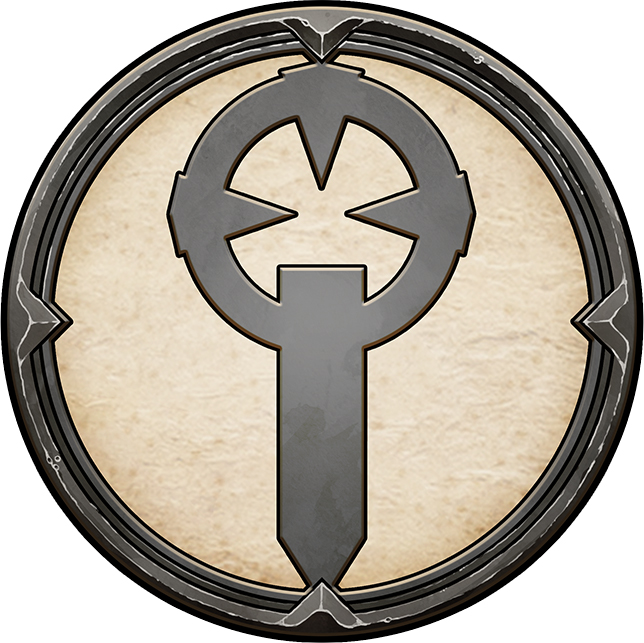
This order of monk knights is the most elite fighting unit in the Known Worlds, surpassing even the emperor’s Phoenix Guard in martial prowess. Originally initiated to protect pilgrims and pursue heretics, the order is now chartered by noble houses, Church sects, and even guilds to perform elite military operations on many worlds, including the deadly Stigmata Front against the symbiot alien invaders. Despite rumors of heresy and usury within their ranks, everyone wants a Brother Battle monk by their side in times of trouble.
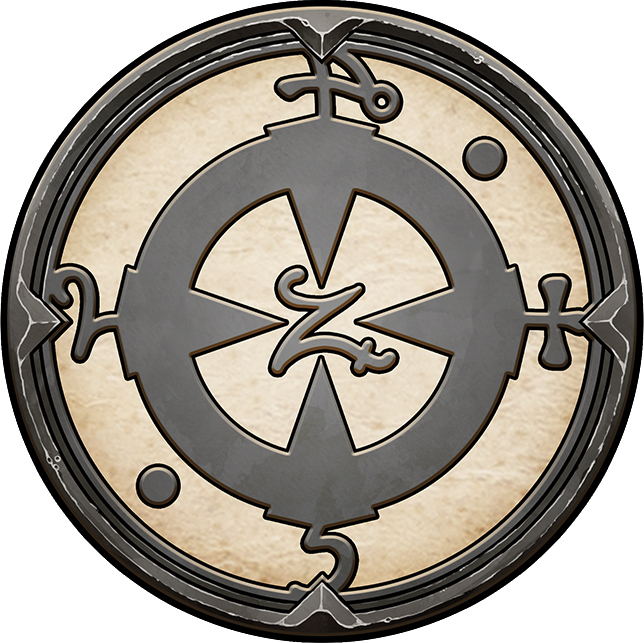
These hermetic sages are often thought of as wizards by the common folk, but the nobles and guilders know them for the kooks they often are. While there are many within the order who possess profound wisdom and learning, there are just as many who are obsessed with the end of the universe and who stand on street corners telling everyone about it. Once considered a heresy by the Orthodoxy, the Eskatonics were admitted into the fold when their theurgical rites proved effective against the symbiots.
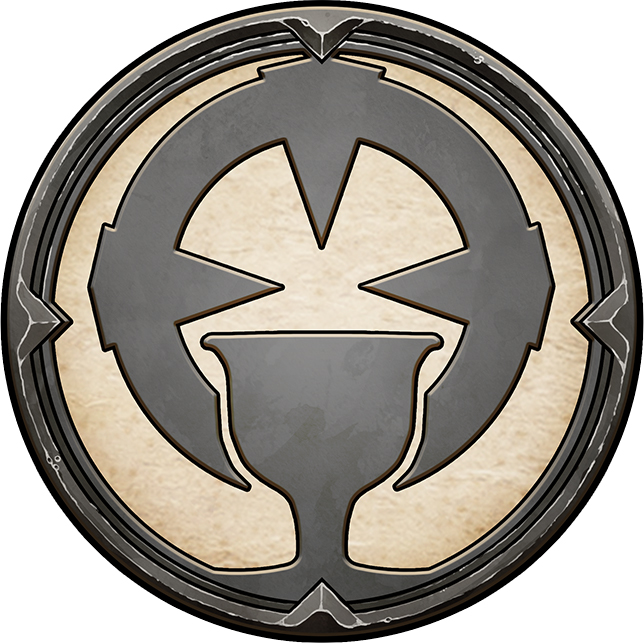
Healers and compassionate mystics. Everybody loves the priests and priestesses of Sanctuary Aeon, followers of Saint Amalthea. When an Amalthean comes to town, there is always someone willing to provide hospitality for them. Indeed, so beloved by the commoners are they that when one was once accused of witchcraft by an Avestite, the Avestite was seized by the populace and burned at the stake instead.
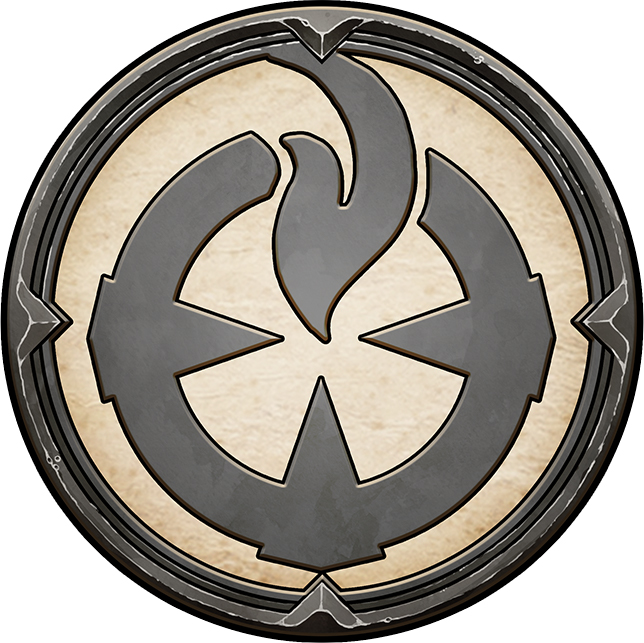
Dreaded inquisitors. The Avestites long ago seized most of the seats on the Inquisitorial Synod and have since then made it their duty to search the Known Worlds for signs of heresy, demonism, and any other threat to the faithful. Their illiteracy, fear of learning, and dogmatic adherence to certain extreme scriptures makes them feared and hated throughout the Known Worlds. But they are obeyed nonetheless. Only the most fanatic and ascetic initiates are admitted to this sect.
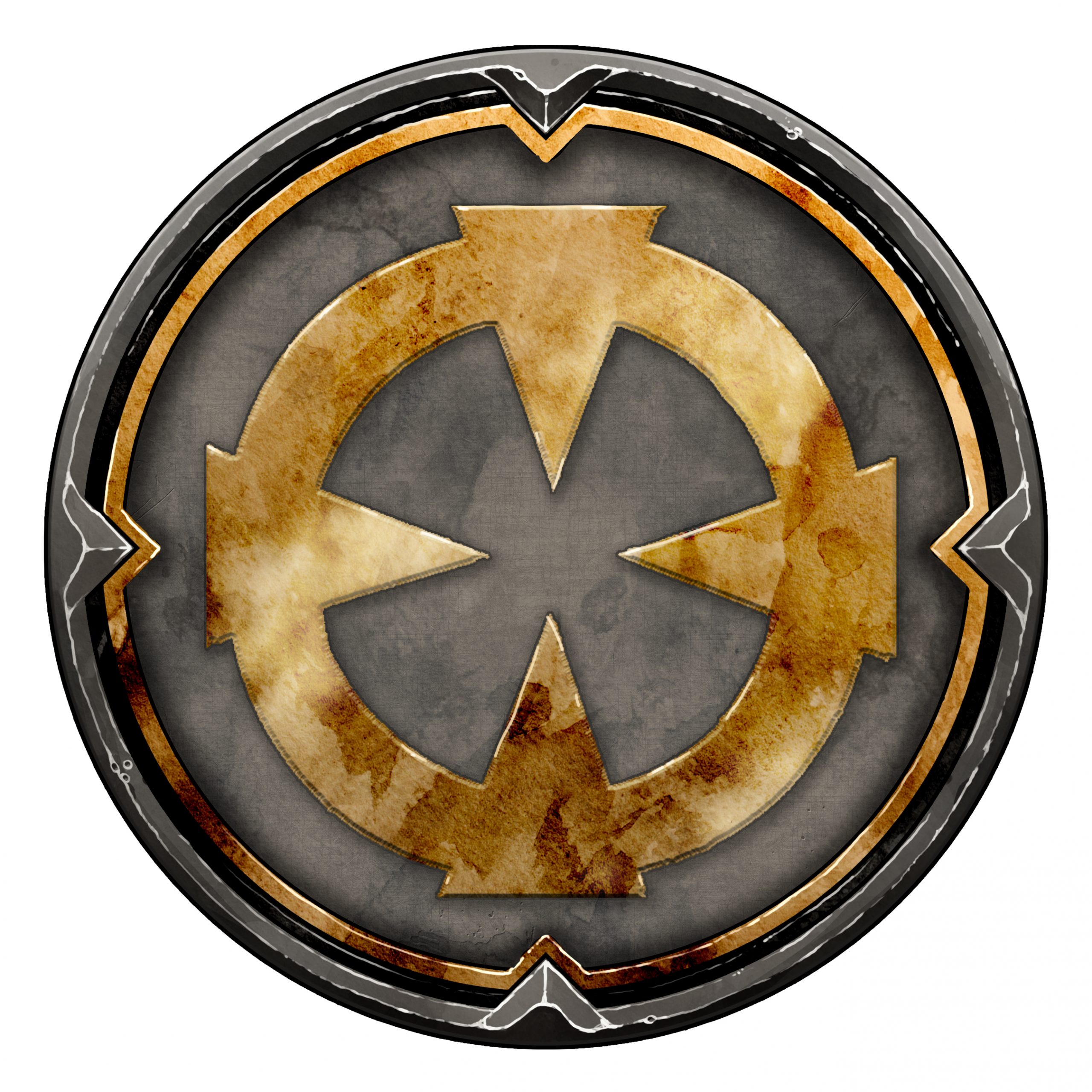
The largest sect, it is the Orthodoxy that most people associate with the Church. Its priests can be found on all worlds, from the ostentatious bishops of the capital cities to the more humble parish priests in the most poverty-stricken fiefs. While the Orthodoxy has gained a reputation for their cunning political maneuvers, most priests know little of such things, being entirely too busy protecting the souls of the simple faithful. While many may spurn the Orthodoxy for its martial role in the Emperor Wars, when tragedy strikes, it is the Orthodoxy they return to for consolation.
Of the many noble houses throughout the Known Worlds, five have achieved prominence and effectively rule most of space — under their new emperor, of course. The Emperor Wars took a toll on many of these houses: the losers now struggle to regain lost lands or power, while the victors fight to ensure that their rivals stay down.
The life of a noble is not the leisurely idyll one might expect. There are fiefs to manage, rivals to crush, and wars to wage. While there is much power to be gained, there is always the risk of humiliation or loss of holdings and position. It is no wonder that they know how to party: their gala affairs are lavish and awe-inspiring — but also rife with intrigue, innuendo, back-stabbing and even sword dueling. To escape such pressures, noble sons and daughters often take to the stars with only a small entourage of friends and retainers, to better know the worlds they wish to one day rule.
The five major houses (called the Royal Houses) are:
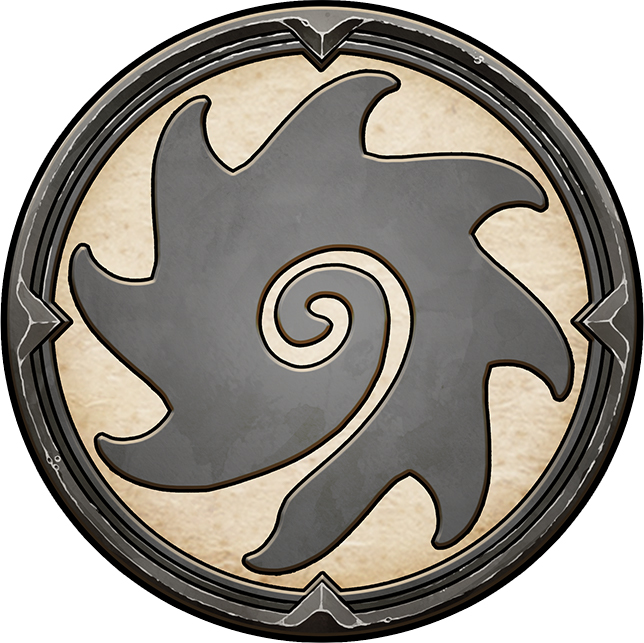
The exotic and inscrutable al-Malik are often accused of being mere merchants, for their ties to the League are well known. But they have proven their noble legerdemain many times, through the acquisition of land and a unique understanding of human nature and politics. It is very hard to pull one over on an al-Malik, but it is likewise hard for them to resist the lure of a good adventure or challenge. Vassals of this family are well-treated and return the respect with solid service.
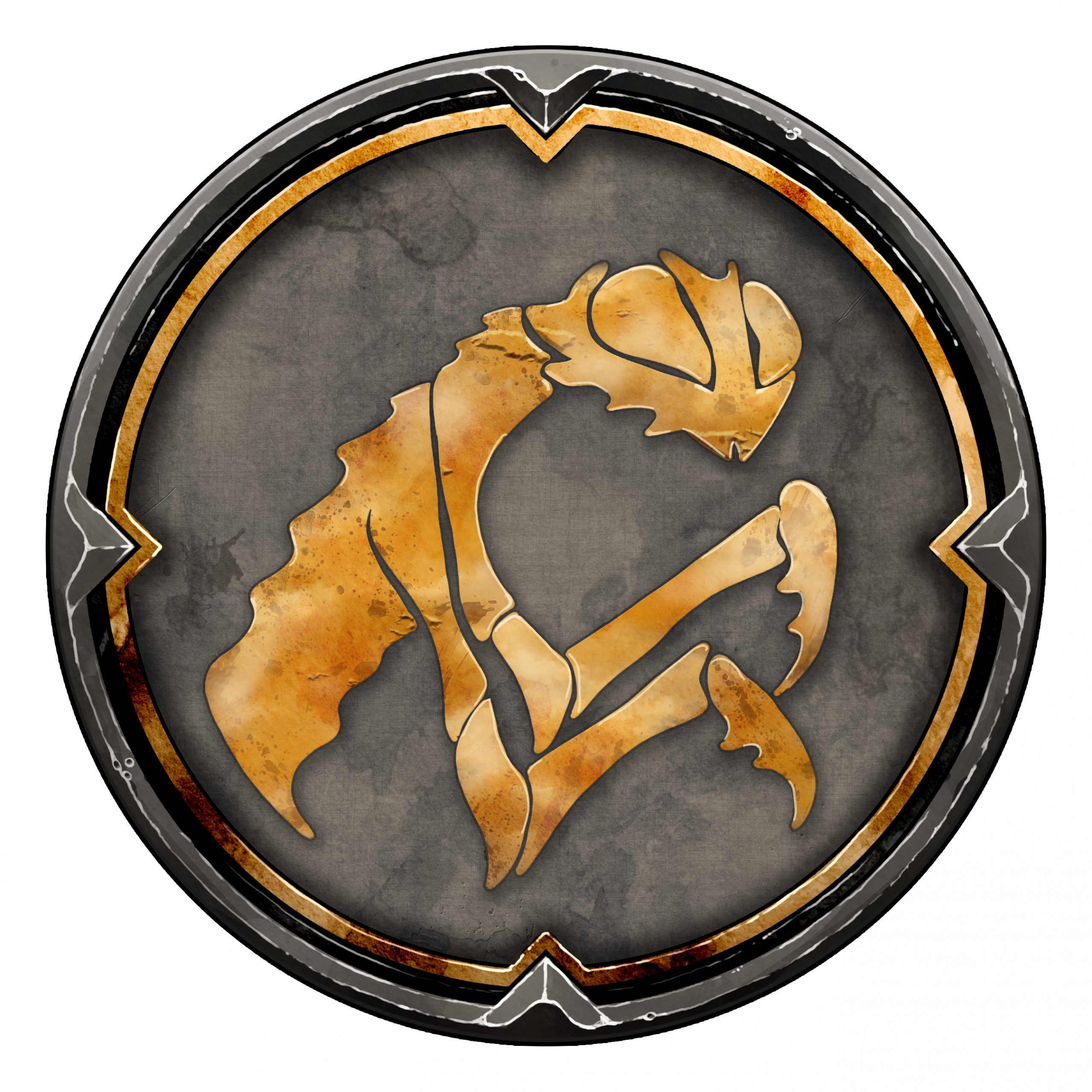
Slimy, cunning, and extremely successful, the Decados have risen to power through treachery and an uncanny understanding of their rivals — helped in no small part, no doubt, by their vast, invisible intelligence network. While the other families accuse them of a number of crimes, the Decados are here to stay and thus must be dealt with on their own terms. Decados vassals despise their lords but are kept in line through fear or the promise of power for those who make good quislings.
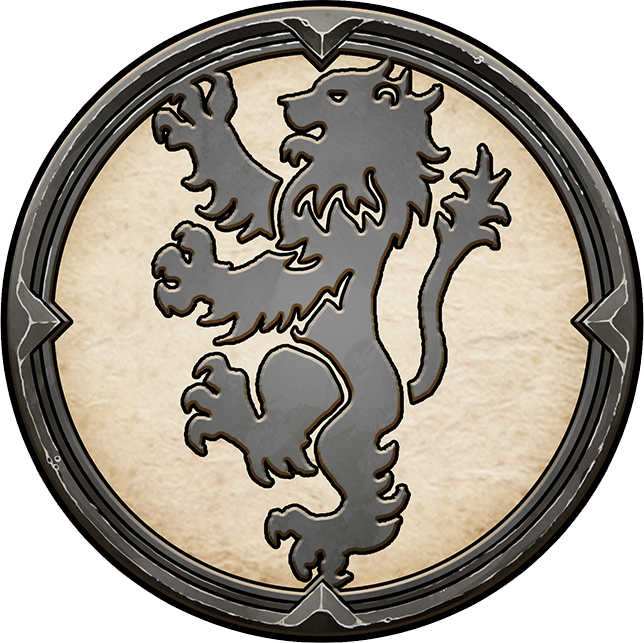
Prideful yet honorable, the Hawkwoods have seen one of their own take the emperor’s throne. While Alexius Hawkwood has since distanced himself from his family to appear more impartial, the Hawkwoods take such political setbacks with stoicism — the same fierce perseverance with which they beat back the barbarian raiders to their worlds. A Hawkwood does not give up. House Hawkwood is more beloved by its vassals than any other house, for they treat them fairly and with justice.
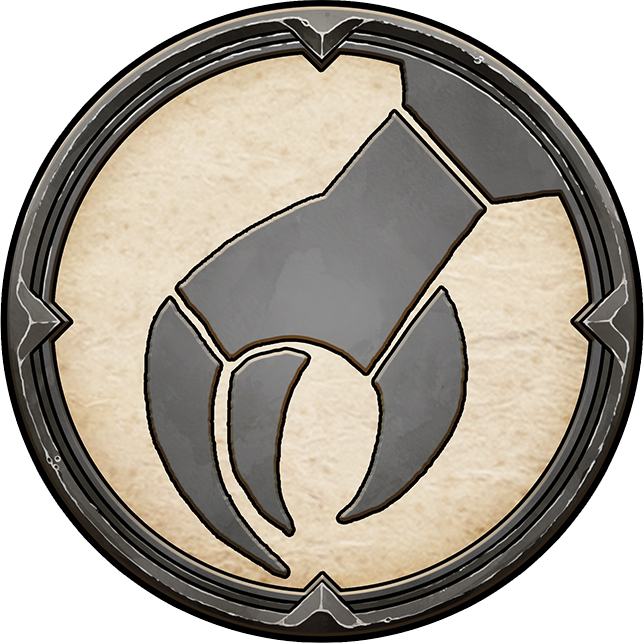
Hot-blooded and intense, the martial Hazat know how to field an army but are also no strangers to intrigue. When they can calm the vicious infighting from family to family, they can present a formidable front against rivals from other houses. Left with less land after the wars than they began with, they now pursue a campaign against a barbarian world, seeking new lands outside of the empire. Hazat vassals are loyal, for they know that sacrifices for their lords are often rewarded.
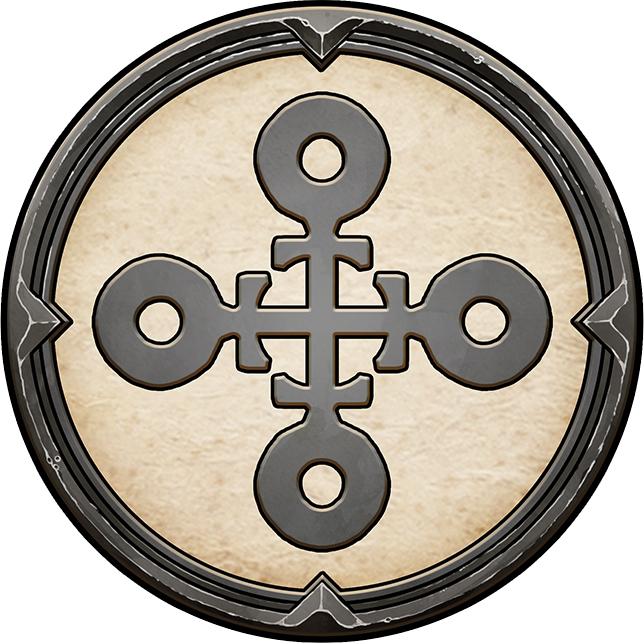
This pious and disciplined family was once the worst behaved of all nobles. Their immoral exploits are legendary, as is the tale of their overnight conversion to the Church. They now pursue the scriptures as fanatically as they once chased pleasure. While other nobles may snicker at the faithful lords, they more often fear the Li Halan, for this family has proved implacable on both the battlefield and at court. Their vassals are fiercely loyal, for they know their place in the Pancreator’s plan.
The remnants of the Second Republic mega-corporations can be found among the many guilds of the Merchant League. It is the League which controls high-technology: invention, manufacture, and distribution. It is the guilds who pilot noble starships or repair Church think machines. If any one of these factions were to anger them, a League blockade would quickly end the argument.
The guilds gladly accept their role as second class citizens at the royal soirees, for they know that there is little profit to be made arguing over the best or worst dressed. They instead charge high dollar for the privilege of hiring a guild specialist — and their enforcers ensure that only the guild specializes in certain skills and tech; black marketers and tech counterfeiters are thrown from airlocks.
While the guilds are numerous, only five have risen to intergalactic prominence and regularly travel the jumpweb in the employ of nobles, priests, or other guilders:
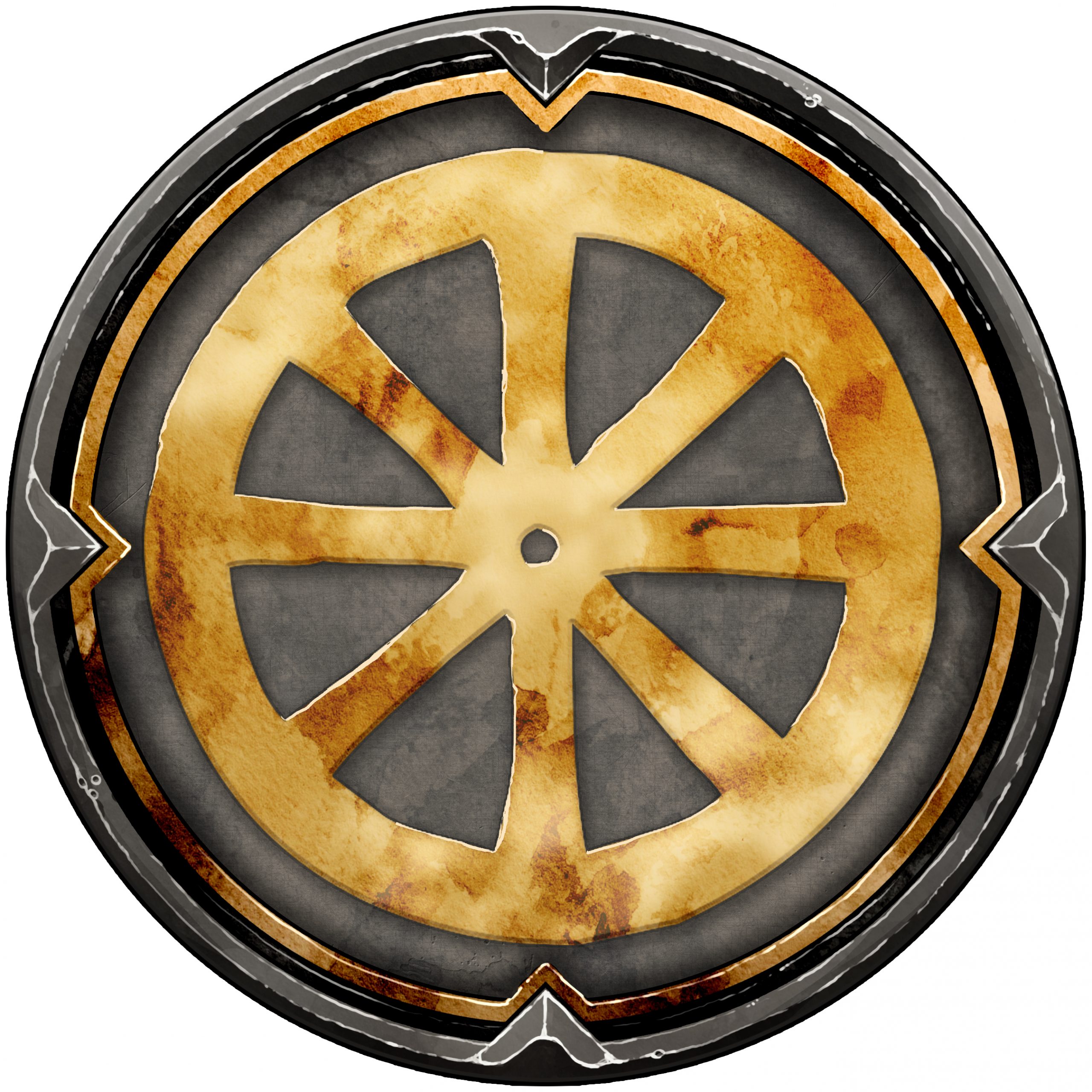
Star pilots and merchants marine, this intrepid guild is what most people think of when they imagine the Merchant League, for it is the Charioteer merchants with their exotic, traveling medicine shows who are most often seen by the commoners. They own the star lanes — literally. Without their secret jumpcode technology, travel through jumpgates would be impossible. In addition, the best pilots come from this guild.
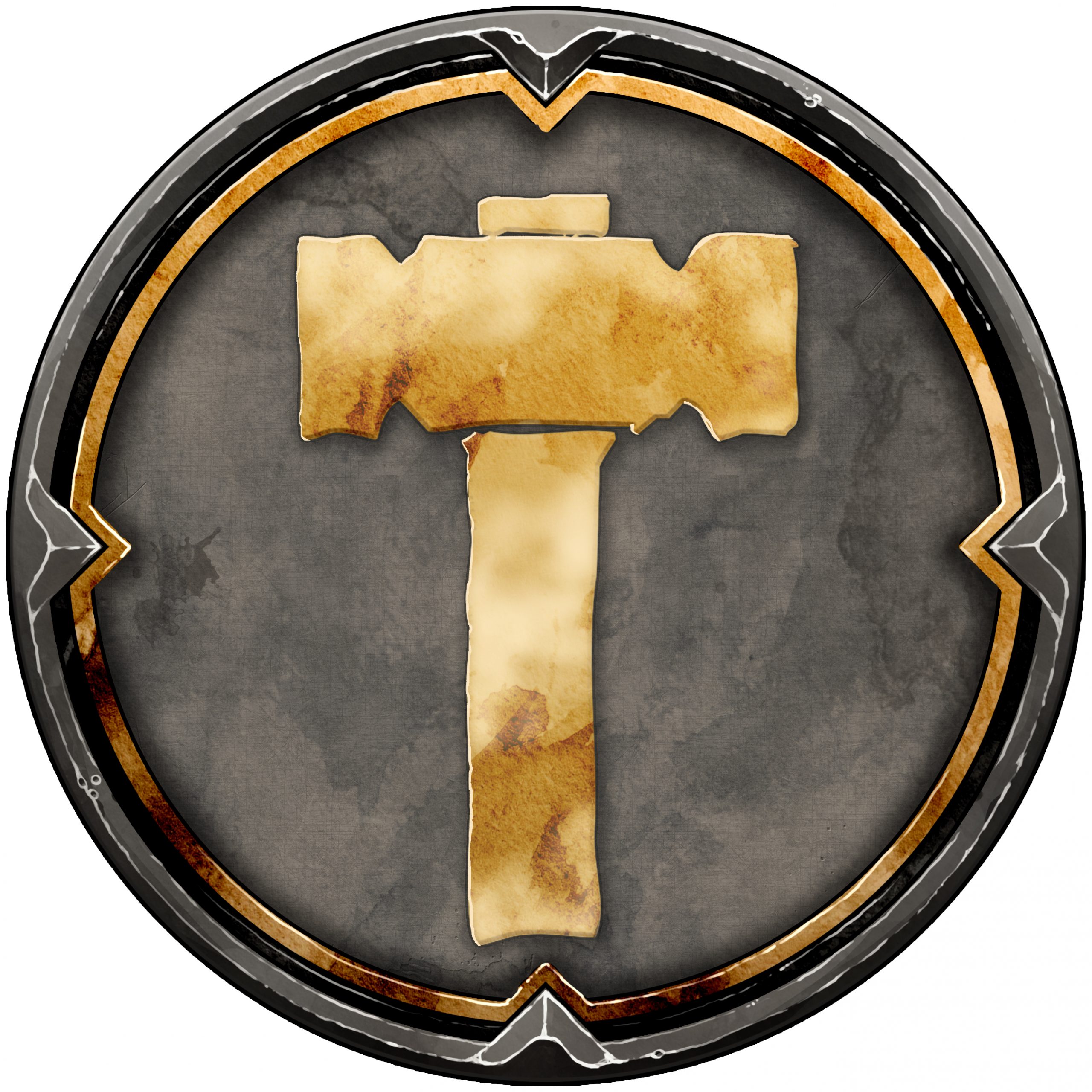
High technology is rare in the Dark Ages, and most people fear it, for as the Church teaches, it is the symbol of human hubris which brought down the Republic. Few dare to delve into its secrets anymore, and those who do are considered mad — like the Engineers. These strange technicians often modify their bodies with cybertech, becoming more machine than human. While they creep out the commoners and disgust the priests, everyone knows just how valuable their lore is in maintaining intergalactic power and communication.
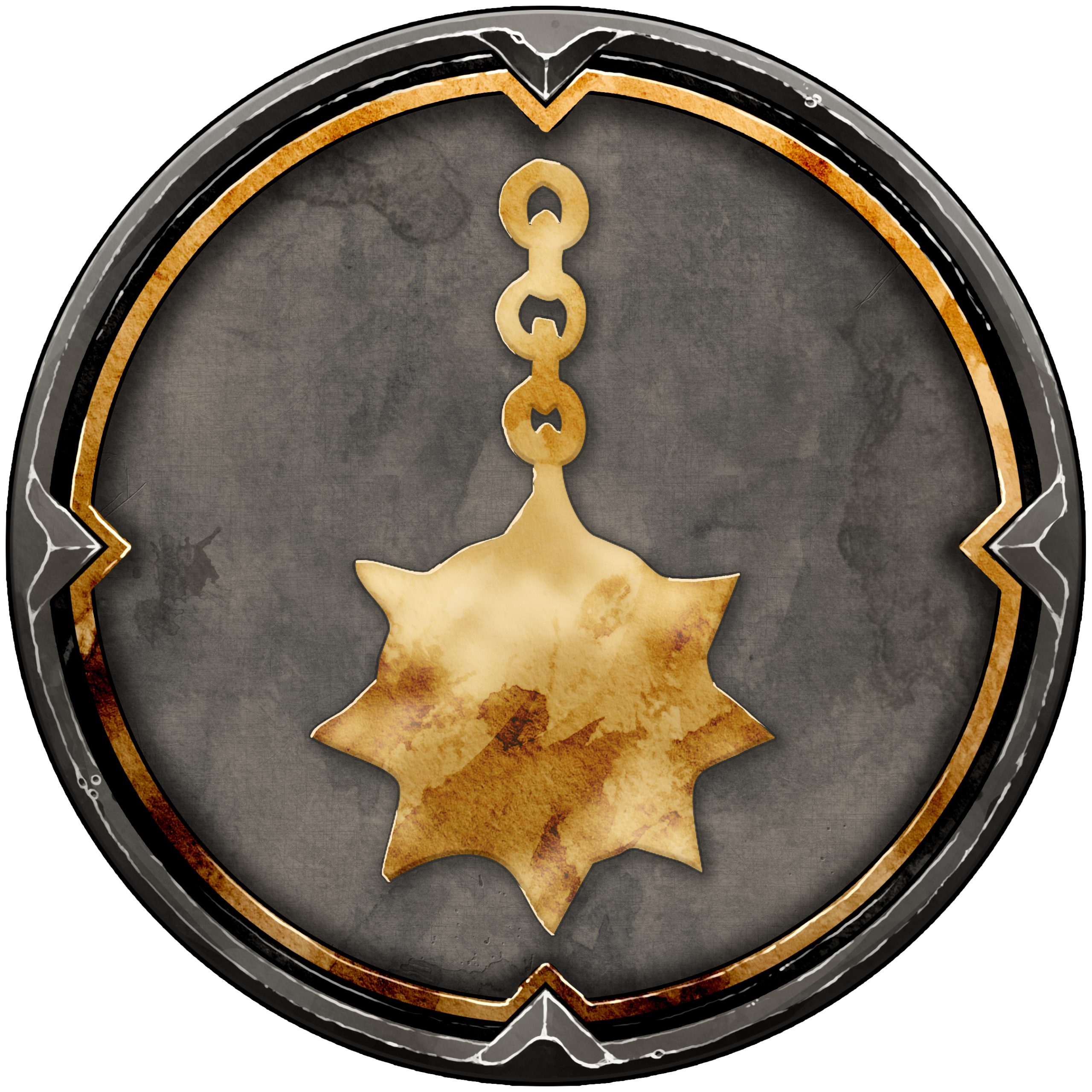
Professional soldiers, these mercenaries are essential to most military operations throughout the Known Worlds. Even the Brothers Battle rely on their orbital artillery support, and most noble houses have hired them to either assault their rivals or quell rebellions. But soldiery is not the only labor this guild contracts; they specialize in all sorts of trained help: cooks, technicians, animal trainers, butlers, etc. In fact, it’s very dangerous to hire trained labor without contracting this guild — their enforcers ensure that they get the largest and juiciest contracts.
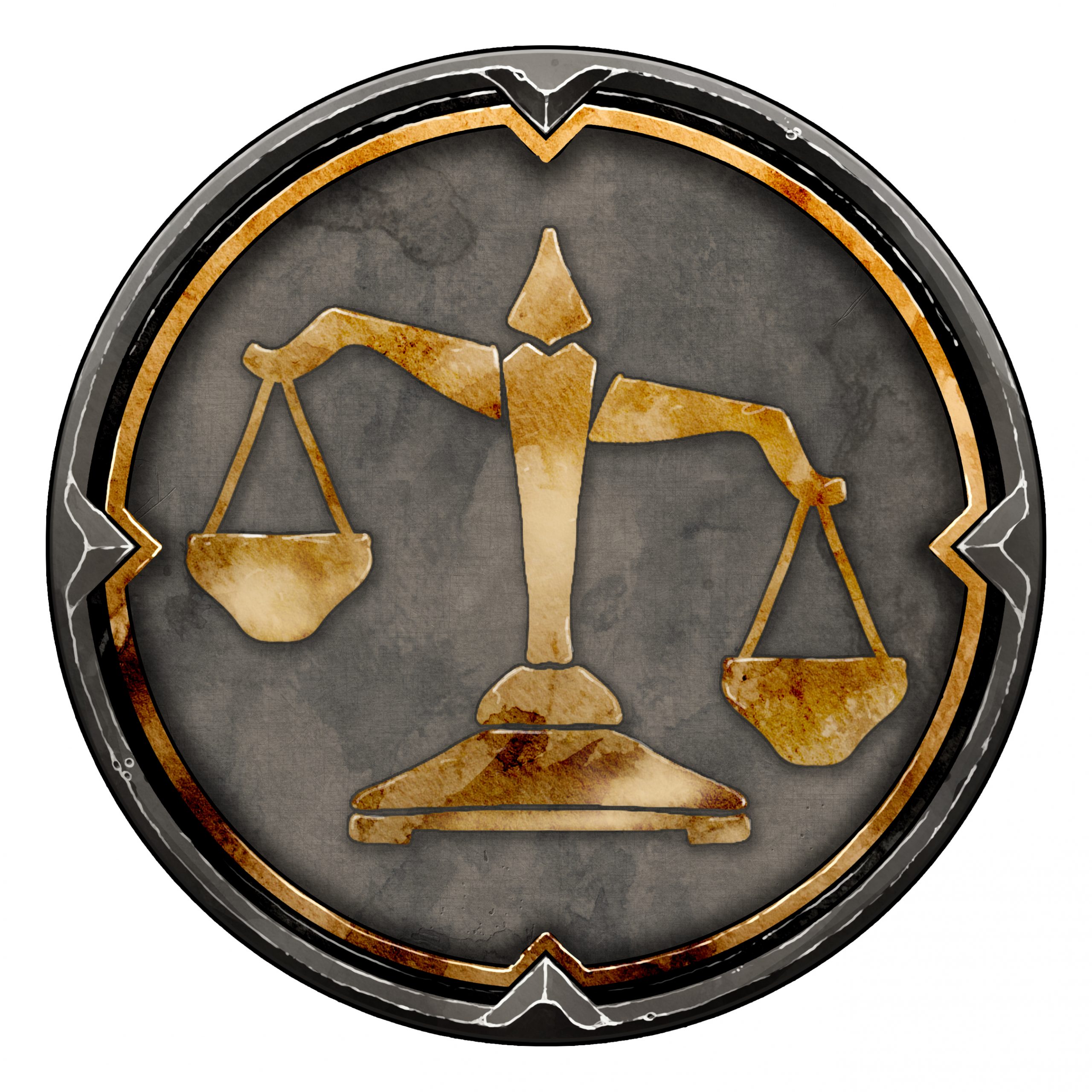
Somebody’s got to do the paperwork, and this job is left to the Reeves. They do it quite well. So well that they are the de facto bankers of the Known Worlds and probably one of the richest factions in the universe — although few realize just how rich they’ve become through their loans to noble houses. Just about everybody owes the Reeves, and when one comes calling on favors, few dare deny him.
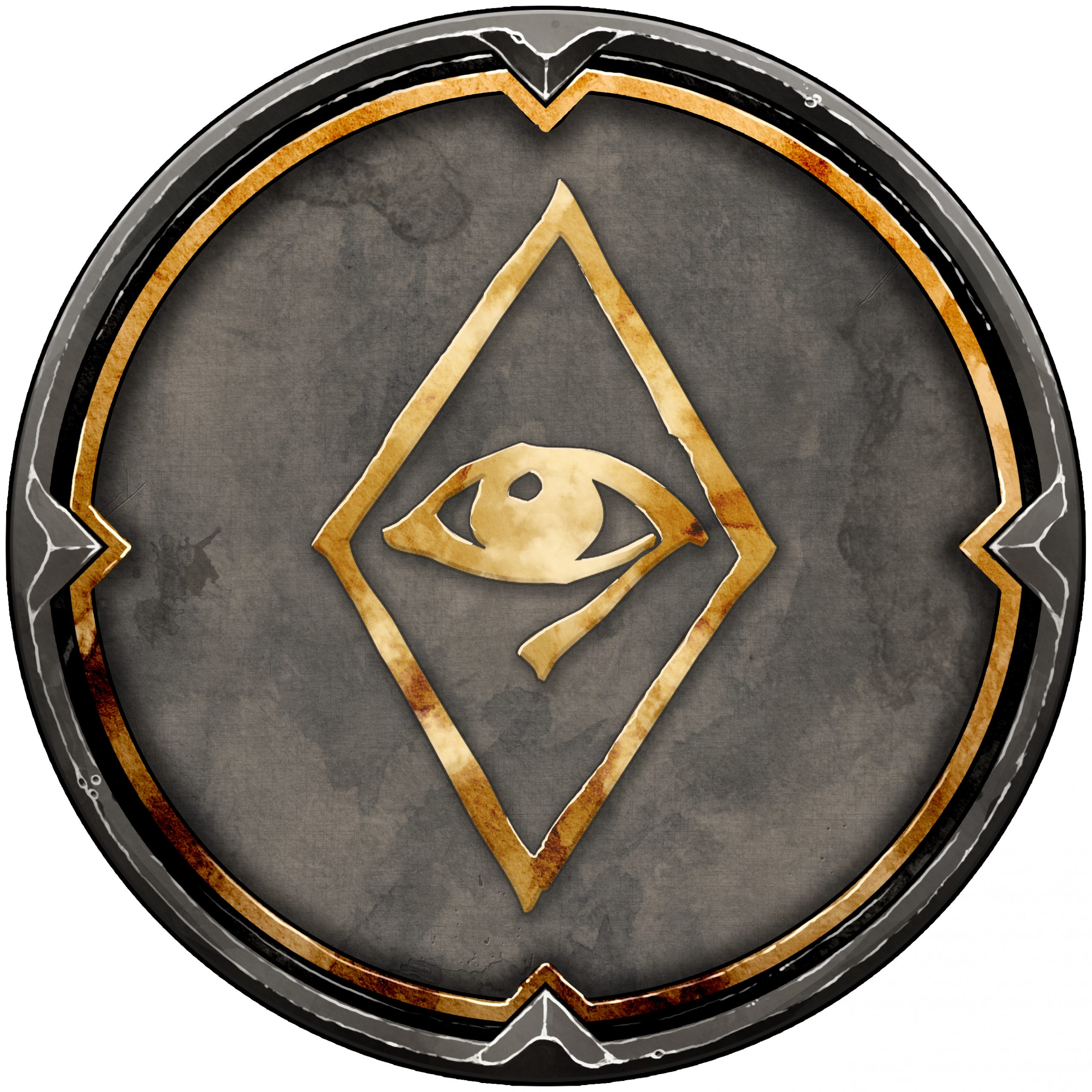
If you can’t find what you’re looking for legally, chances are the Scravers can get it — for a price. Scravers specialize in all sorts of activities normally viewed as anti-social (but often fun): gambling, black market goods, and even thievery. Of course, they deny it all, hiding behind the guise of a salvage and reclamation guild. Since they possess blackmail on just about every major official — even bishops — little is done against them.
There are a number of sentient races within the Known Worlds: the simian gannok, the ungulate shantor, the avian etyri, amphibian oro’ym, insectoid ascorbites, and the reptilian hironem.
But three other races have achieved the most freedom of movement and self-determination:
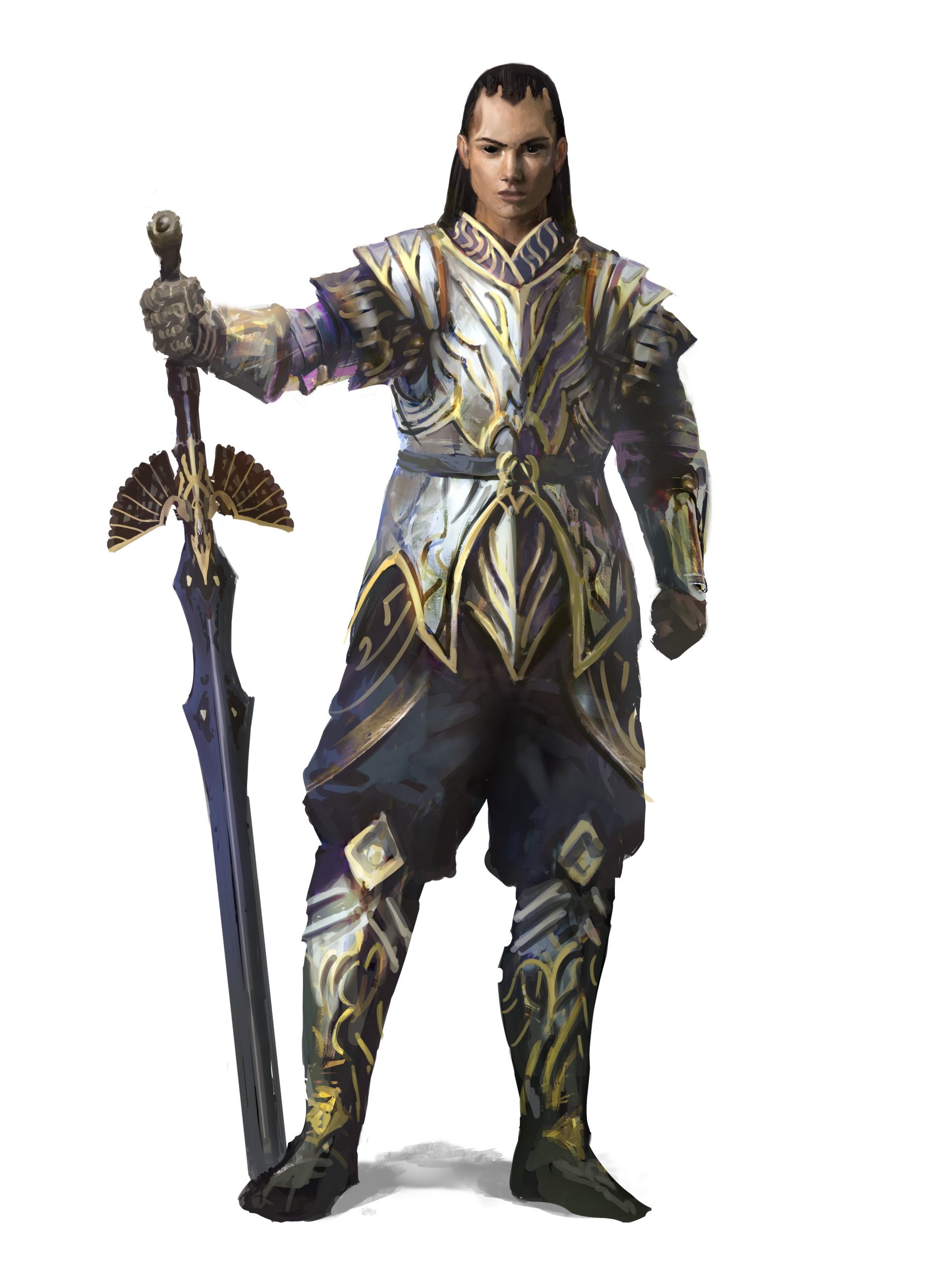
This peaceful, philosophical race, like their ur-ukar cousins, claim deep Anunnaki involvement in their history. The Anunnaki (the ancient race who built the jumpgates) apparently engineered the two races’ fates, separating them onto different worlds before they disappeared from history. The obun are given positions of respect as councilors and advisors in Known Worlds society. However, while they are treated politely, their advice is often considered naive by the militant human culture. Nonetheless, an obun became one of the Prophet’s disciples, and is honored by an obun sect of the Church.
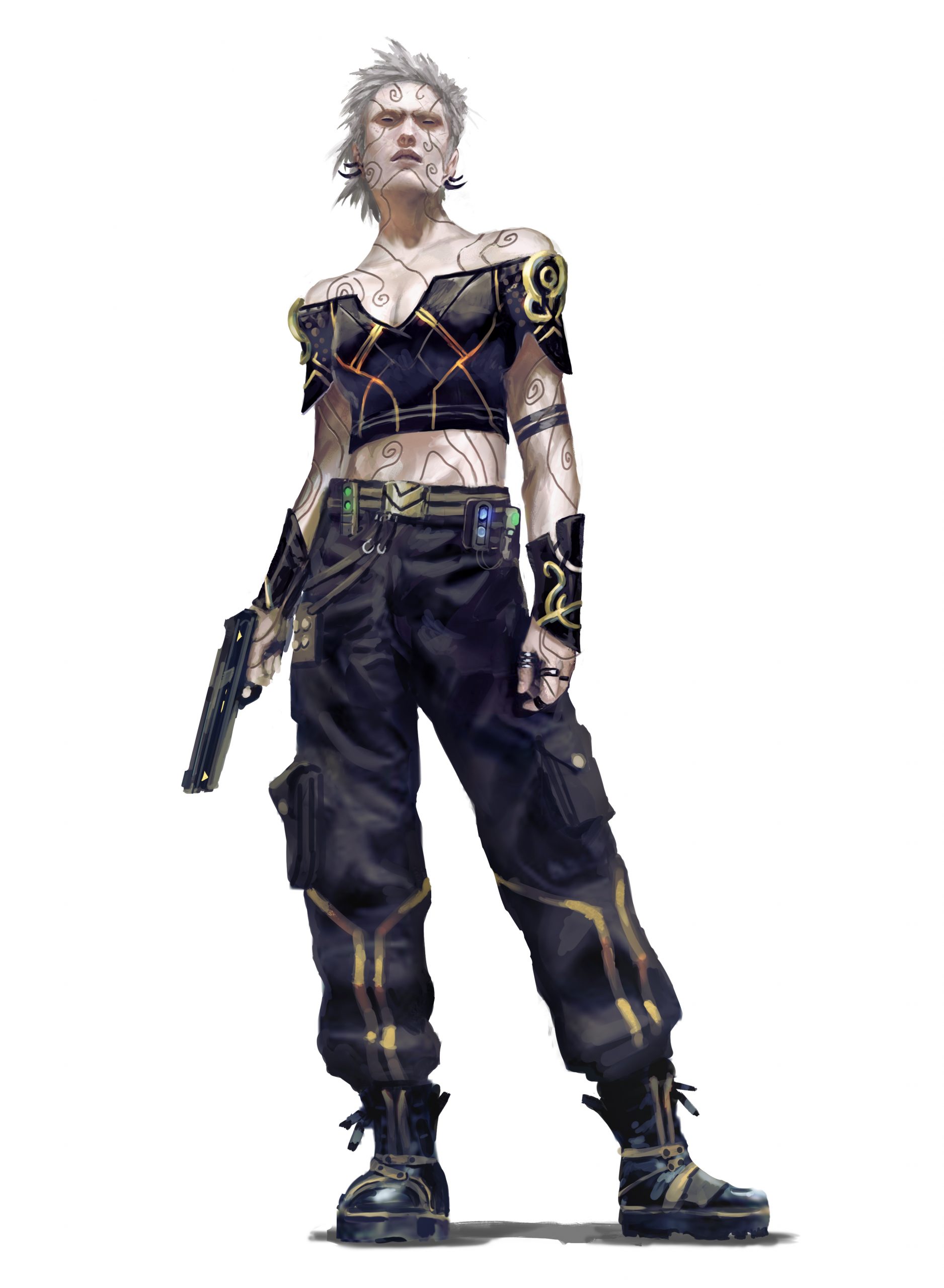
Due to their initial hostile dealings with humanity, the ukari are now a broken race. Their homeworld is owned by the League, who reap it for its mineral resources, selling the spoils off-world to noble houses. They have been removed from their ancestral, subterranean lands and herded into tight caves in poverty. Few humans care what happens to them. A resistance movement has responded with terrorist tactics and has taken its war of hatred to other worlds. Nonetheless, the League values them for their shady, underworld skills.
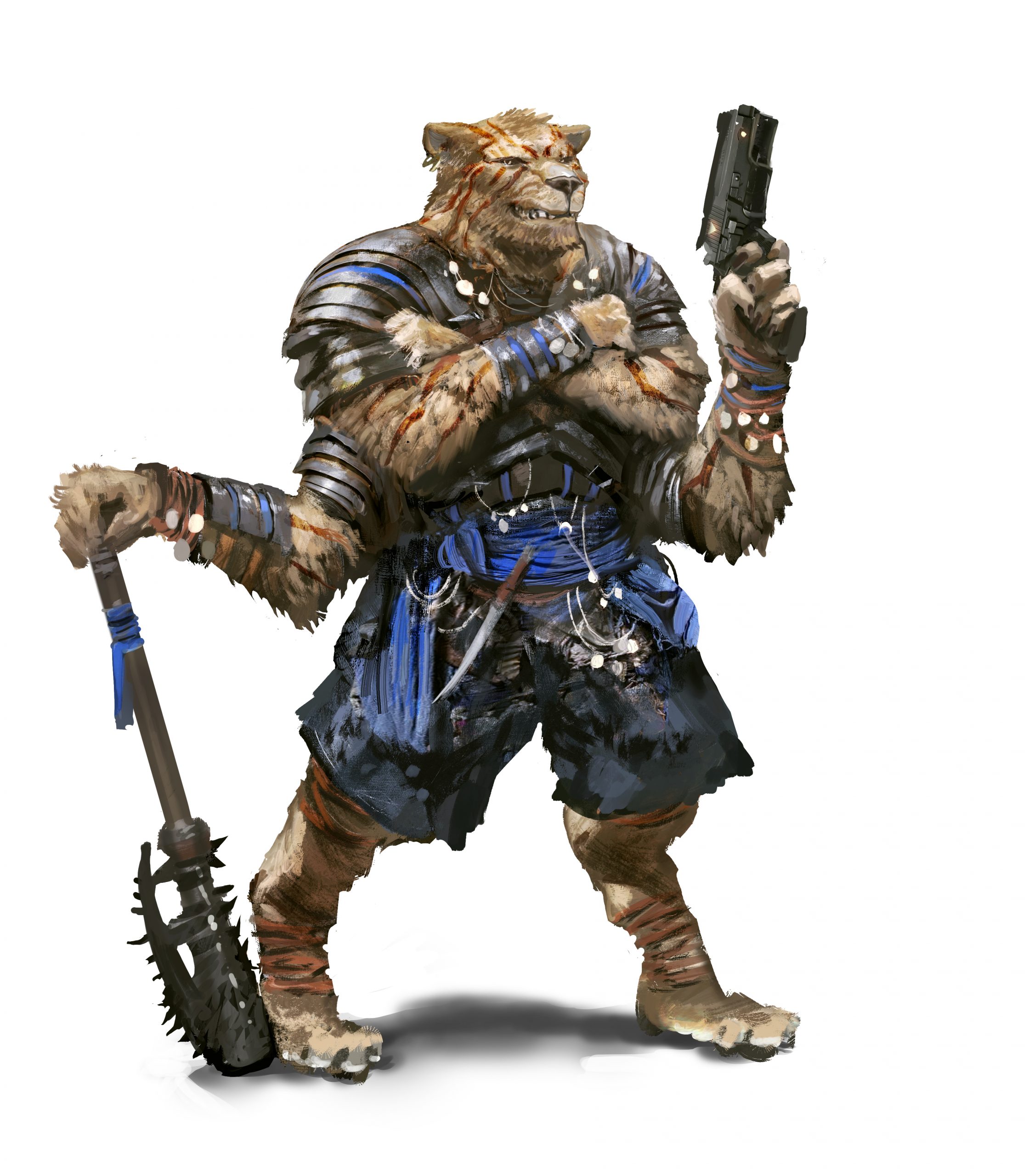
Huge carnivorous, multi-limbed beasts, the vorox are new to civilization. That they achieved sentience at all on their toxic jungle world is a wonder. That they have come as far as they have since is a tribute to their adaptability and powerful attributes — valuable qualities in the Known Worlds. They are most often trained as elite shock troops by noble houses, but many have joined the League to see the stars firsthand.
There are many dangers in the universe of the Fading Suns, not the least of which are humans themselves. The intrigues and conspiracies of the noble houses, Church, and League are enough to keep most people occupied for a lifetime. The post-war years have seen an increase in such covert activity, for few dare to openly disturb the peace. The emperor has his hands full trying to cement his rule against internal malcontents and external alien and barbarian empires.
Among the more dangerous, non-human threats out there are:
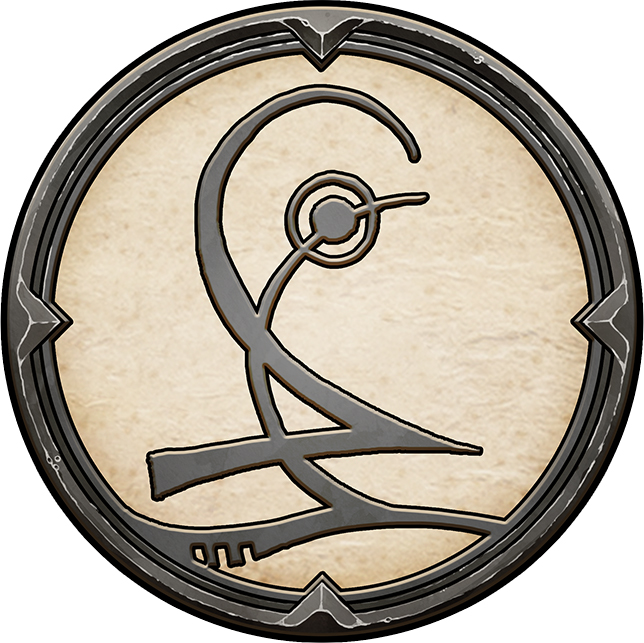
: This technologically superior alien empire has so far-proved little threat — as long as humans stay on their side of the border. The few times vau ambassadors have parleyed with humans, trouble has resulted, although in forms hard to trace back to the vau. For instance, the vau “gifted” humanity with the jump-coordinates to reach a previously lost world called Pandemonium. This world in turn revealed coordinates to another lost world called Iver. A cold war for the spoils of these new worlds began; the vau’s present has proven most troublesome. If the vau were to expand into the Known Worlds, no one is sure if they could be halted, for their tech is impressive. Human’s stole their own knowledge about energy shields and blasters from early vau encounters. It is theorized that the vau know far more about these fields than has been revealed.
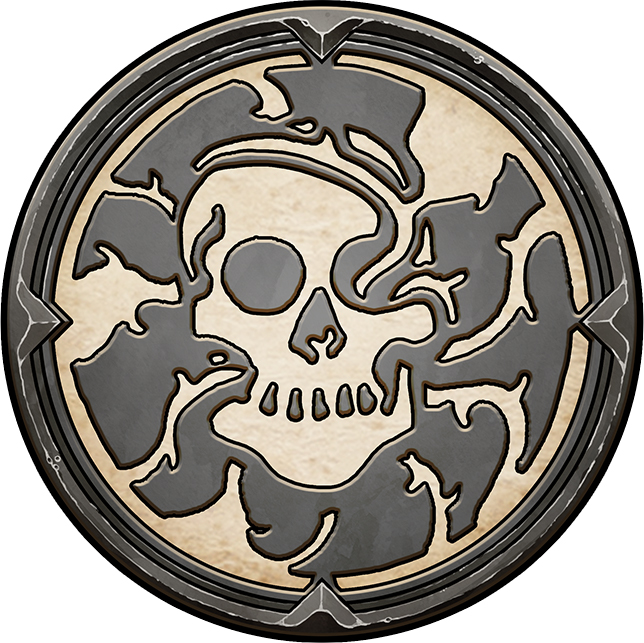
A greater threat to Known Worlds hegemony, however, are the symbiots, parasitic entities attempting to break through into Human Space and possess its inhabitants, turning them into hive mind slaves — or so the propaganda goes. In truth, nobody really knows what the symbiots want or even just what they are. Everybody does know that they are dangerous and inimical to human goals. Rumor of a symbiot infestation is enough to bring a squad of Church inquisitors with flameguns, ready to burn first and ask questions later.
The Church claims that demons exist and can possess people to perform their nefarious deeds in this world. The sad thing is that this seems to be true. Even the most rational scientists must admit to the reality of something out there, something often unseen but seemingly hostile. These entities, demons or aliens or whatever, can so far only be combated by Church theurgy and miracles of faith.
The Universe Book presents the setting for Fading Suns: its history,
society, and astro-geography. Herein you will encounter nobles, priests, guilders, aliens, psychics, cyborgs, and more.
The Gamemaster Book presents people, places, and plots for Fading Suns. Herein are guidelines for creating dramas for the player troupe
and how to populate them with all manner of non-player-character allies, rivals, and foils. An example drama is included, as well as a
roll-by-roll description of play.
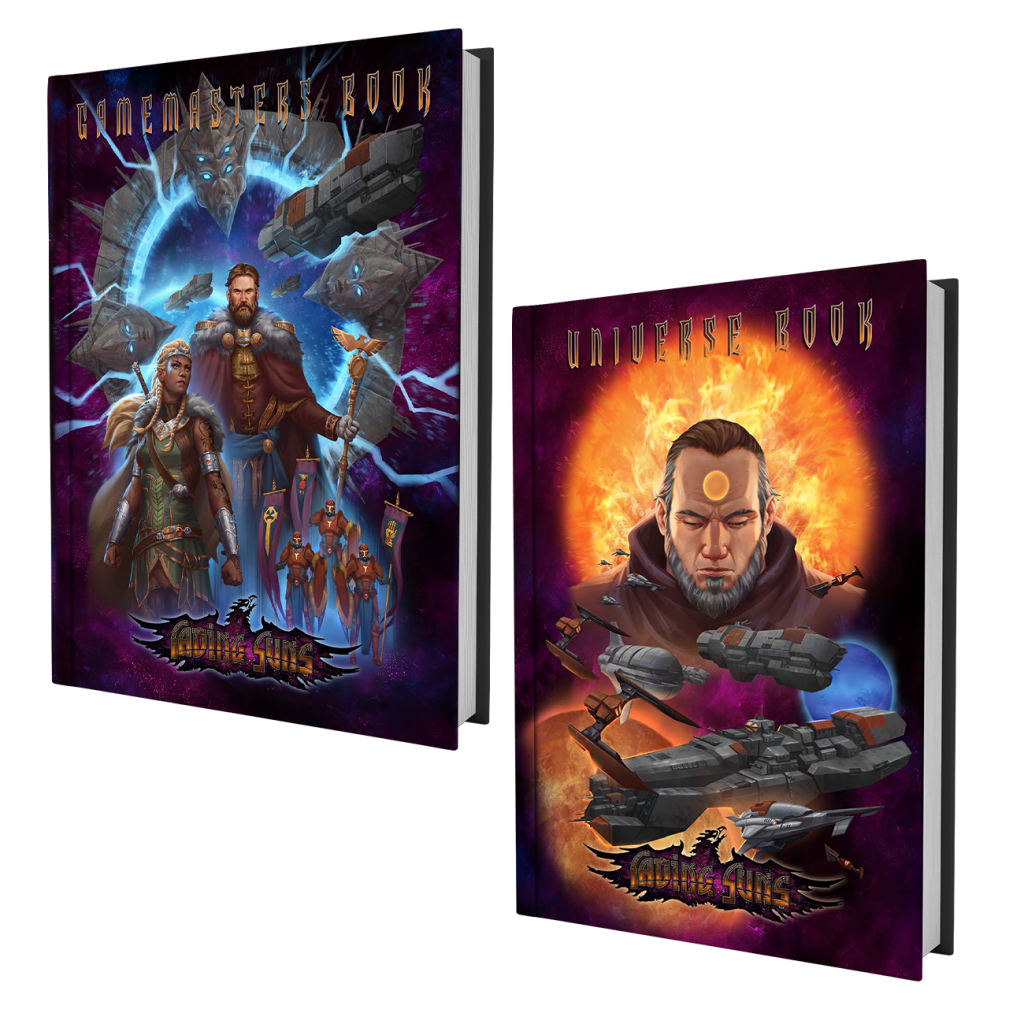

Intrigues & Escapades unveils the conspiracy customs among nobles, priests, and merchants, showing how some are raised from birth to scheme while others learn from hard knocks. Presented are two detailed dramas involving troupes in such dirty dealings, along with a host of drama hooks that gamemasters can develop with their own twists.
The Faction Book presents the minor houses (from Eldrid to Xanthippe), minor sects (from Chorali to Preceptors), and minor guilds (Apothecaries to Wranglers) of the Fading Suns universe. Herein also are the pagans (Zuranists and Gjartins), the sentient alien species of the Known Worlds (from ascorbites to shantor), and the Changed, the genetically altered mutants scorned by the superstitious populace for their wondrous endowments.
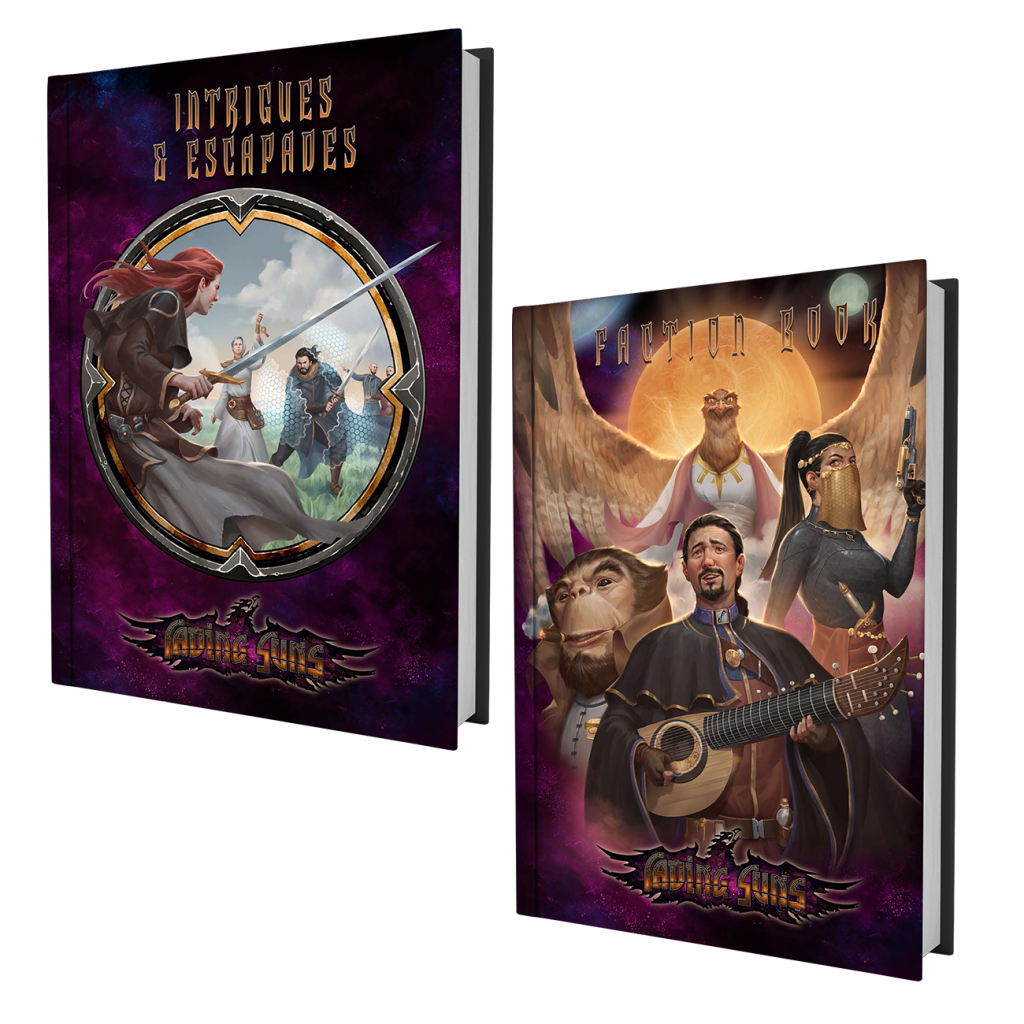

With the additional metarials you have the possibility to customize your roleplay even more. With the maps and flipmats you can represent entire spaceships, stations and areas as a game master. With the cards you can equip yourself as a player to have your equipment and skills always at hand. Get ready for your journey!
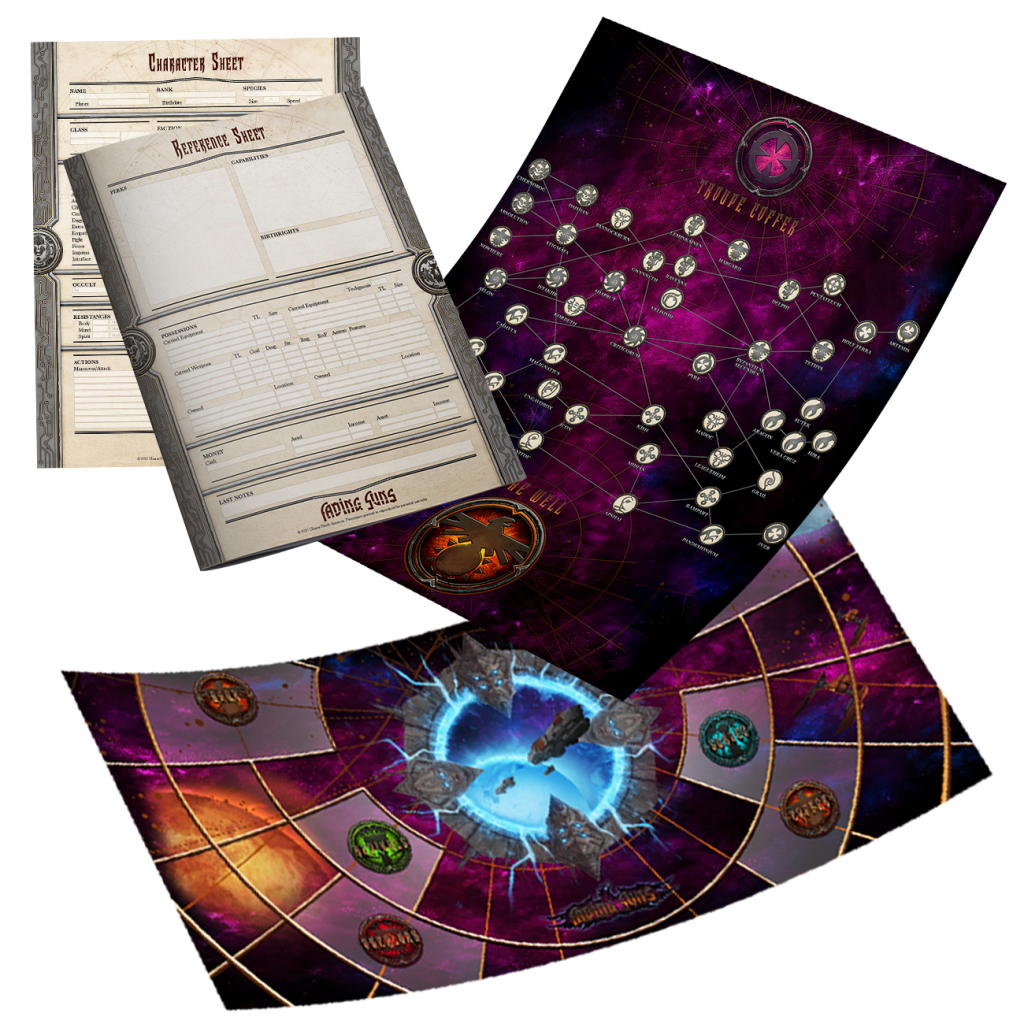

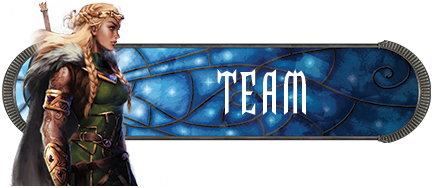

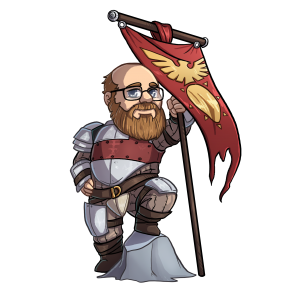

Bill is a writer and game designer, most known for developing White Wolf’s World of Darkness setting and HDI’s Fading Suns science-fiction universe. His fiction works include My Time Among the Stars for Fading Suns, and The Silver Crown, The Last Battle, and The Song of Unmaking novels for Werewolf. Bill contributed to world design for Segasoft’s Emperor of the Fading Suns computer game, and co-wrote the scripts for Viacom’s interactive horror movie Dracula Unleashed and Interplay’s Star Trek: Starfleet Academy.


His enthusiasm for fantasy stories, comics, and monster characters led Maik to roleplaying games. As a trained graphic designer, he first worked as a freelance cover artist and illustrator in the novel and role-playing game sector for German and international publishers before becoming a permanent team member at Ulisses Spiele in early 2017. He is also the responsible art director for HeXXen 1733 and Earthdawn and launched Warhammer 40000 Wrath & Glory, as well as TORG Eternity as artistic director.





